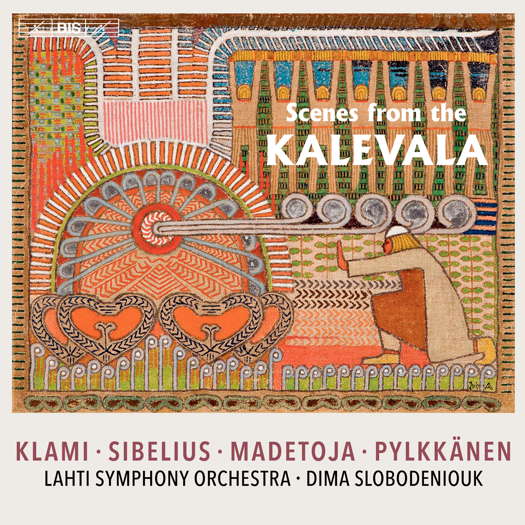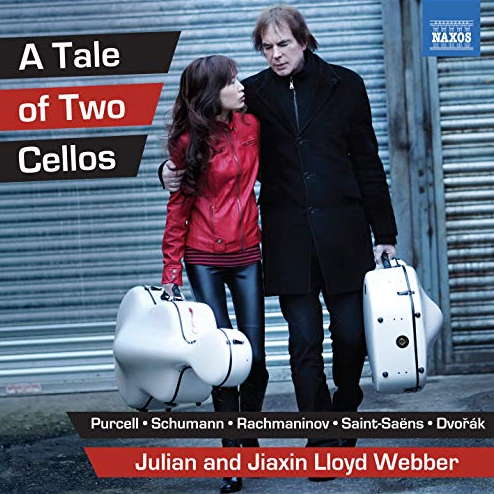- Evgenij Onegin
- Alice Goodman
- Samuel Sebastian Wesley
- Riyadh
- Prince Igor
- Alise Siliņa
- Vladimir Golschmann
- Inon Barnatan

Scenes from the Kalevala
BIS-2371 (BIS Records, SACD)
stereo / 5.0 surround
FIRST RELEASE (3 December 2021)
Playing time: 70'43"
Tracks: 8
Booklet pages: 37
℗ 2021 BIS Records AB
© 2021 BIS Records AB
Main country of recording: Finland
Reviewer: Gerald Fenech
Review of Scenes from the Kalevala published on 18 January 2023
Sinfonia Lahti (Lahti Symphony Orchestra)
Dima Slobodeniouk, conductor
Leevi Madetoja (1887-1947):
1 Kullervo, Op 15 (1913)
Uuno Klami (1900-1961):
Kalevala Suite, Op 23 (1943)
2 Maan synty (The Creation of the Earth)
3 Keváán oras (The Sprout of Spring)
4 Terhenniemi
5 Kehtolaulu Lemminkäiselle (Cradle Song for Lemminkäinen)
6 Sammon taonta (The Forging of the Sampo)
Jean Sibelius (1865-1957):
7 Lemminkäinen Tuonelassa (Lemminkäinen in Tuonela), Op 22 No 2
Tauno Pylkkänen (1918-1980):
8 Kullervon sotaanlähtö (Kullervo Goes to War (1942)
The Kalevala is a compilation of mostly original folk poetry, arranged into fifty extensive runos (poems) by the Finnish physician and folklorist Elias Lönnrot. Beginning with the creation of the world, it develops into a series of separate episodes which nevertheless form a rich whole, introducing epic characters such as Väinämöinen, Lemminkäinen and Kullervo. The collection first appeared in 1835, with a final, extended version being published in 1849, and was soon hailed as Finland’s 'national epos' - a sensitive matter given that the country had been subjected to Russian rule since 1809. It came to play a major part in Finland's national awakening and had a massive influence on Finnish art in the late nineteenth century, but its role in the national consciousness remains important even today. The present album, from the Lahti Symphony Orchestra and Dima Slobodeniouk, brings together Kalevala-related works spanning the period between 1897 and 1943. No such collection could overlook Sibelius, who composed several works inspired by the epos. Included here is a rarity – the first recording of the 1897 version of Lemminkäinen in Tuonela, from the Lemminkäinen Suite. Finnish composers from later generations all had to find a way out from under Sibelius's shadow – especially so when composing works based on the Kalevala. The portraits of Kullervo which bookend the disc, by Leevi Madetoja and Tauno Pylkkänen, are both compact works in contrast to Sibelius's large-scale 'choral symphony' on the same theme, and when Uuno Klami used bold and primitive colours in his five-movement Kalevala Suite, he was looking towards Stravinsky rather than his countryman.
Recorded in September 2017 (Klami), January 2018 (Sibelius) and January 2020 (Madetoja and Pylkkänen) at Sibelius Hall, Lahti, Finland.



